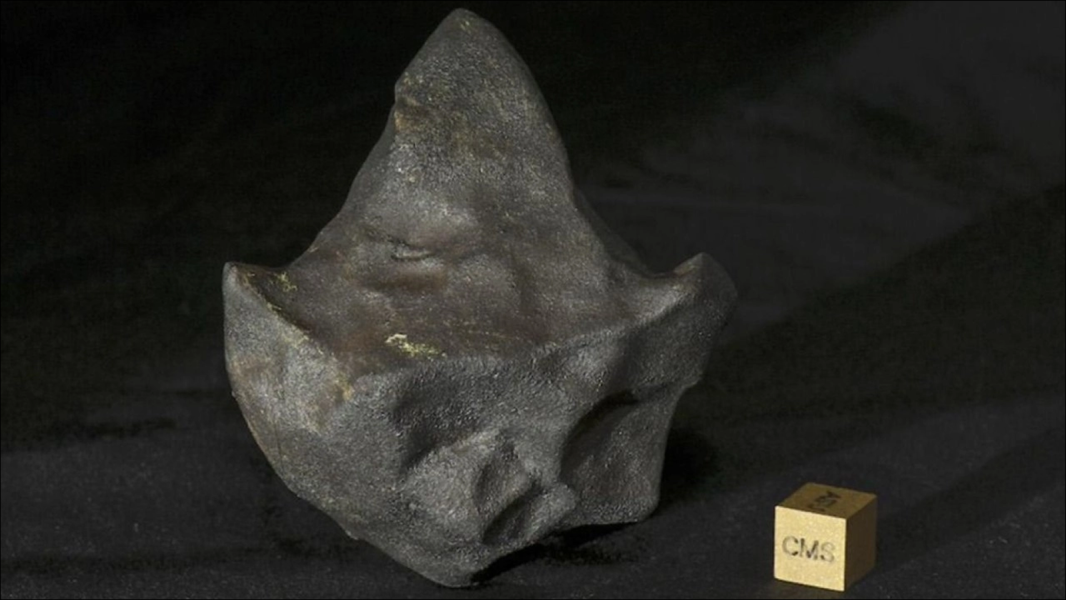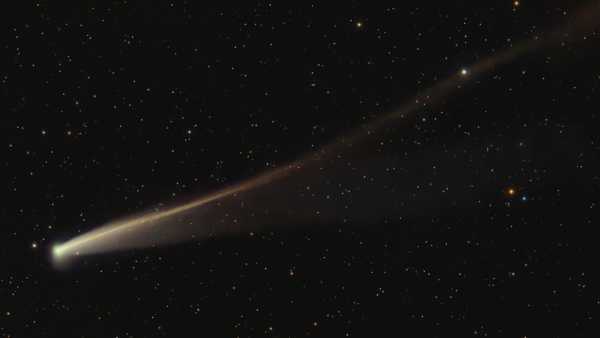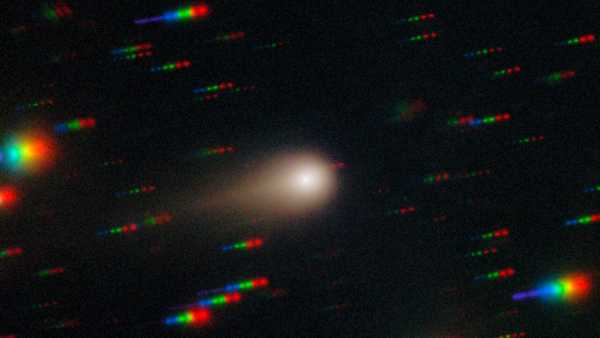
On the left is Mercury as seen by NASA's Messenger spacecraft. On the right is an approximation of Mercury's true color as seen by the human eye. (Image credit: NASA/Johns Hopkins University Applied Physics Laboratory/Carnegie Institution of Washington)
Most meteorites that reach Earth come from the asteroid belt between Mars and Jupiter. However, we have about 1,000 meteorites that come from the Moon and Mars. This is probably due to asteroids hitting their surfaces, throwing materials in the direction of our planet.
It is also possible that similar debris could reach Earth from Mercury, another nearby rocky body. However, none have been detected coming from there to date, a long-standing mystery.
A new study by my colleagues and me has identified two meteorites that may be of Mercurian origin. If confirmed, they will provide rare insight into the formation and evolution of Mercury, potentially changing our understanding of the closest planet to the Sun.
You may like
-

How a 'Mudball' Meteorite Survived a Space Journey and Landed in the Jungles of Central America
-

Researchers claim that a whole 'population' of mini-moons may be hiding near Earth
Sourse: www.livescience.com





